I caught a glimpse of a modern production of this developer from the folks at Silvergrain Classics and immediately started to hunt down the developer. Most sources pointed to having to order from a European supplier and waiting a month for it to arrive when I ran across the developer at a local source, Downtown Camera. Well, I jumped at the chance. I first learned about Neofin Blau in my review of Adox FX-39 II, which is based upon Neofin Rouge; both developers are based on the works of noted German photographer Willi Beutler. Blau, unlike Rouge, is designed for films rated at ASA-200 or slower.
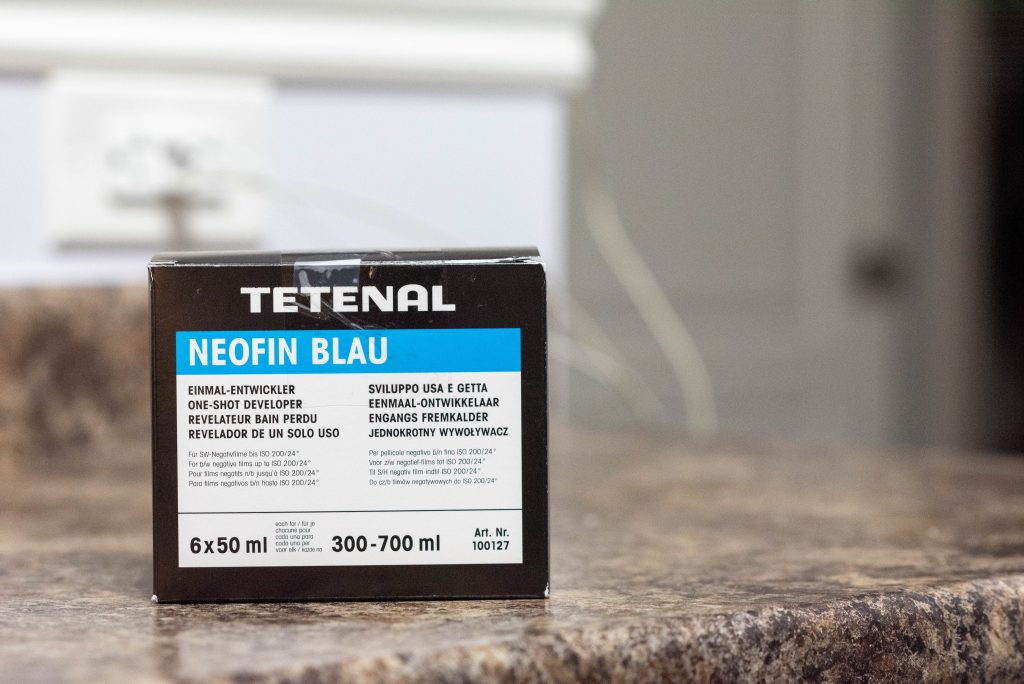
Technical Details
Manufacturer: Tetenal
Name: Neofin Blau (Neofin Blue)
Primary Developer:
Type: One-Shot
Mix From: Liquid




Handling
Mixing up large quantities of developers and then decanting the large volume into smaller amounts is familiar. The goal is to extend your developer’s life by maintaining ideal storage conditions. Then use the smaller quantities as needed, thus extending the shelf life. This works on many developers; some people usually work with are Rodinal, HC-110/Ilfotec HC, and many more. But when it came to Neofin Blau, this was done right from the start. So instead of getting a large bottle, you dilute it with water to make the working solution. Instead, you get six 50mL bottles in a box where you mix the entire contents with an appropriate amount of water to get your working solution. It certainly takes one shot to the next level. At this point, you will find some historical times on the Massive Dev Chart, and in some cases, you’ll find mention of a stock dilution. The currently manufactured volumes need to mix more easily with the stock dilutions. With the current Tetenal run of Blau, you have three dilution options. The one I chose for this review is the 1+9 dilution, where you mix the full 50mL bottle with 450mL of water to make a working solution of 500mL. Second is a stronger mix where you use the full 50mL bottle with 250mL of water to make a working solution of 300mL. And the third option is 50mL plus 650mL of water to make 700mL; you can calculate these times by multiplying the 500mL times by 1.5. However, the datasheet warns that this is only possible with films that require no more than ten minutes. These include RPX 25, Retro 80s, Ortho 25, Superpan 200, and Fomapan 100. The nice part of working with Blau is that it is easily poured and mixed with water. Also, those little 50mL bottles are handy as they are brown glass with good plastic caps. Useful if you like to decant your developers down. The shelf life of these bottles is estimated at two years and could last longer when stored properly.
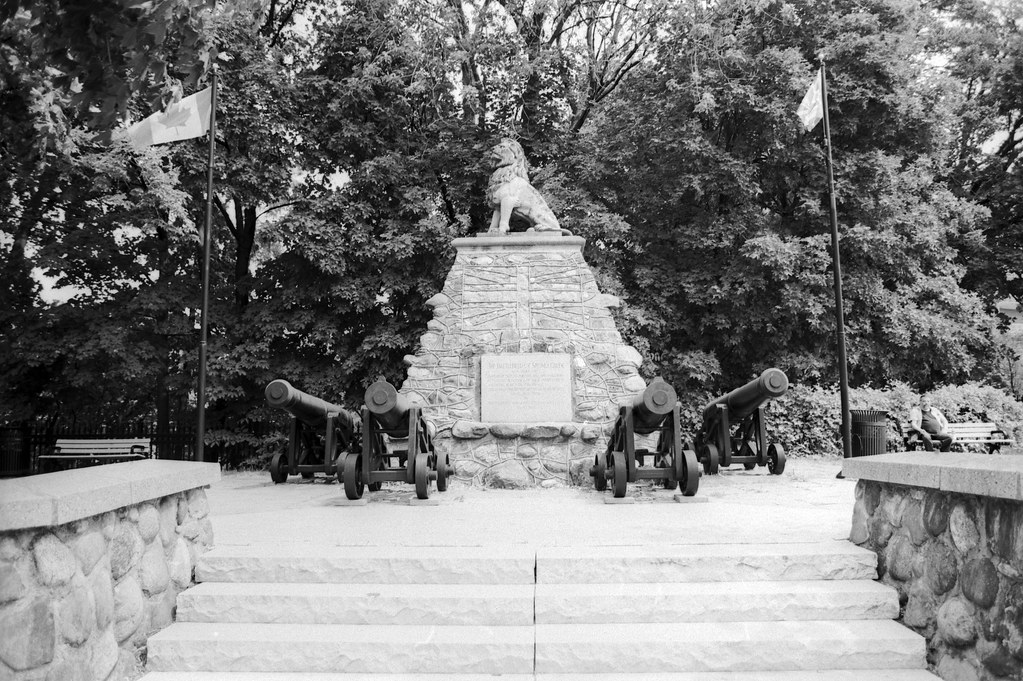

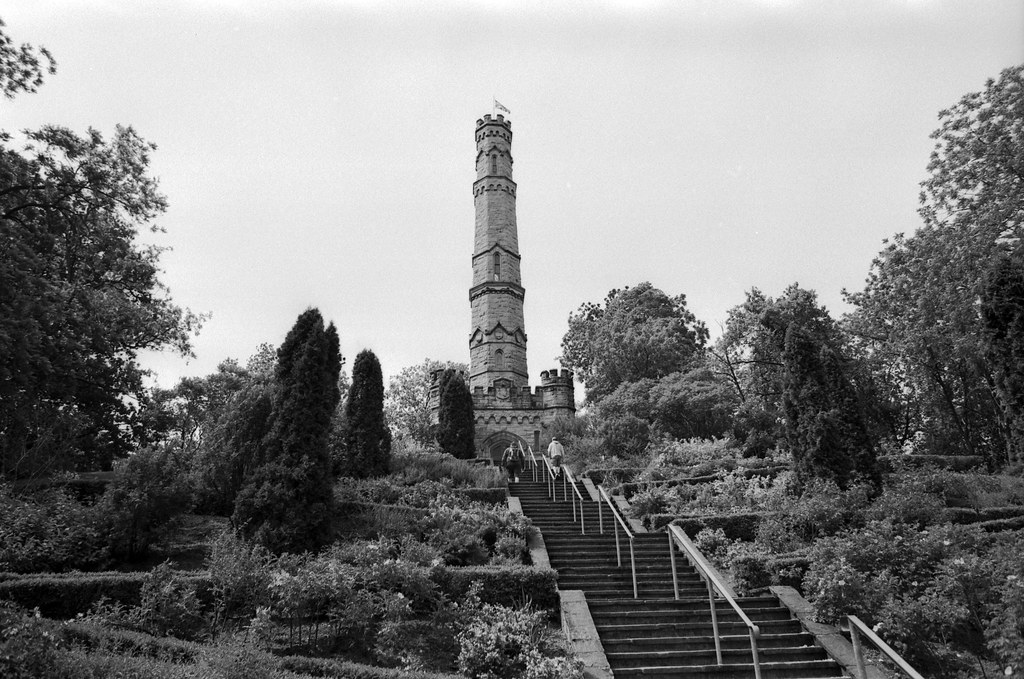

Applications
Neofin Blau is a developer designed explicitly for films rated at a box speed of ASA-200 or lower. This also means you cannot over-exposure faster films and then pull them in development to use Blau because there are no listed developing times. And this is a developer that I want to avoid making an educated guess by comparing developer times. It is best used with films under ASA-200. This is because I certainly did not get the best results out of the roll of SFX 200; they all seemed underdeveloped. Thankfully I could pull out some results thanks to a good scanner and software. And herein lies the catch; I only noticed after the fact that on the Massive Dev Chart, it listed the speed for SFX at ASA-100, not ASA-200, so a one-stop over-exposure might have helped. Another thing I noted is that the Pan F+ time was listed at ASA-100; I corrected it by pulling the time during development and didn’t over-cook my film. When choosing films to develop with Neofin Blau, look for the following things, a box speed of under ASA-200, high to medium contrast, sharp and fine-grained. You can use both traditional and modern t-grain films with excellent results.




Qualities
According to documentation, Neofin Blau is designed to improve edge sharpness, contrast, and shadow detail. On paper, all sounds excellent, but you will notice a few things. The biggest thing is your negative density; I thought I had over-developed the rolls, as the negatives were denser than expected. But when I held them up to the light after letting them dry, I noticed that there was still an immense amount of detail, which was only shown more when I got the film into the scanner. Yes, I had to do some work to pull out the highlight detail from the scan, but the result was a fantastic scanned image. Now you also get an excellent high contrast out of these images, not super high, but high enough to get that superb tonality across the board from wonderful whites and deep blacks. You then combine these two elements with an increased edge sharpness, and the images you’ll see are incredibly sharp, especially that lovely edge sharpness. You will see in some films a slight increase in visible grain that the developer has pleasingly rendered, but I only saw this with films on the faster end of the spectrum, SFX 200 and FP4+, for example.


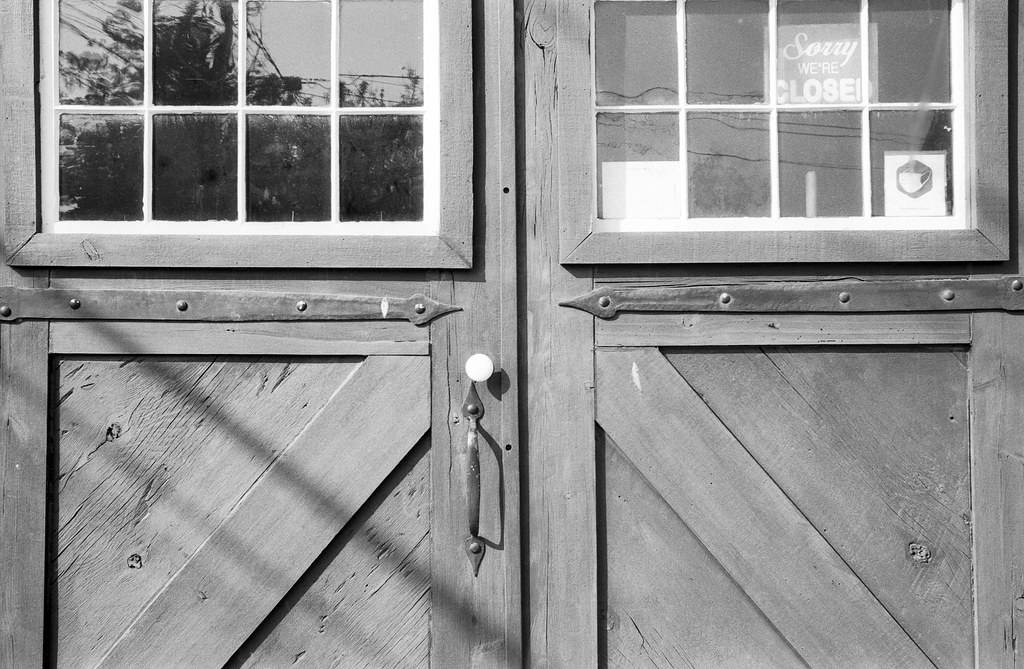
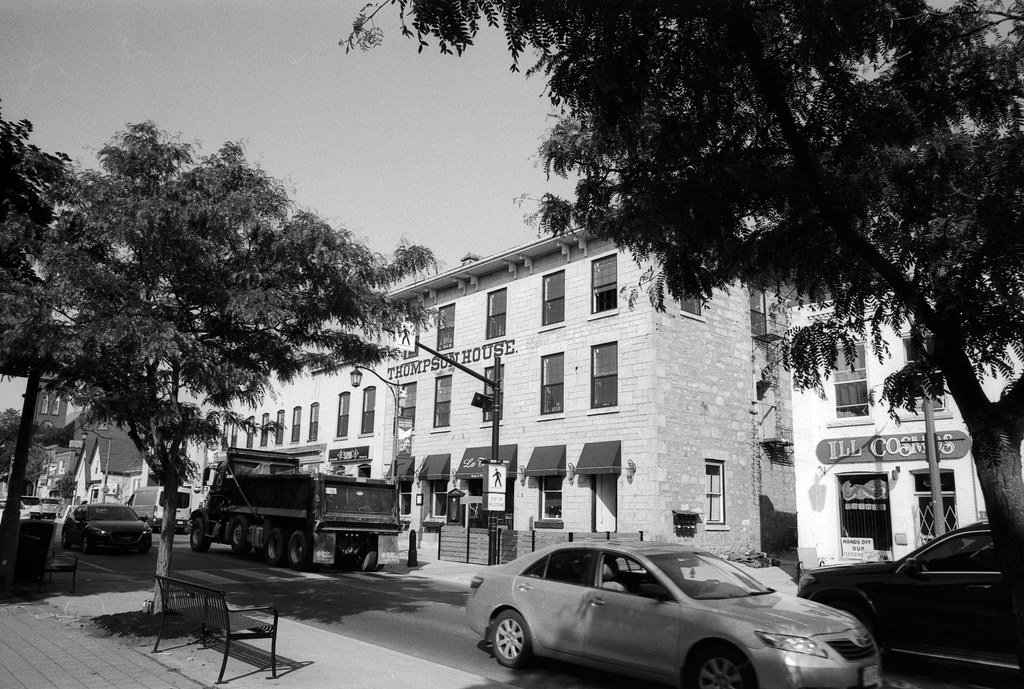
Lowdown
As interesting as it was using Blau, it isn’t likely a developer I will use again. Despite being happy with the results, there is a meagre economic value to the developer. I also need to appreciate what this developer is and does thoroughly. And other developers in my chemistry kit do almost the same thing as Blau. There is also the availability of the developer; it is only available in limited quantities and, again, mainly in the European market. It was a fluke that I ran across the stuff at Downtown Camera. There is also the cost per bottle and the one-shot nature of the developer. Blau is a developer that does one thing well and is limited in what films you can develop with the stuff. Now don’t let this scare you off using Blau; if you are a fan of impressive sharpness and fine grain and are a regular shooter of slow films and what the best possible results are, then by all means, use this stuff as you will get fantastic quality and superb negatives.


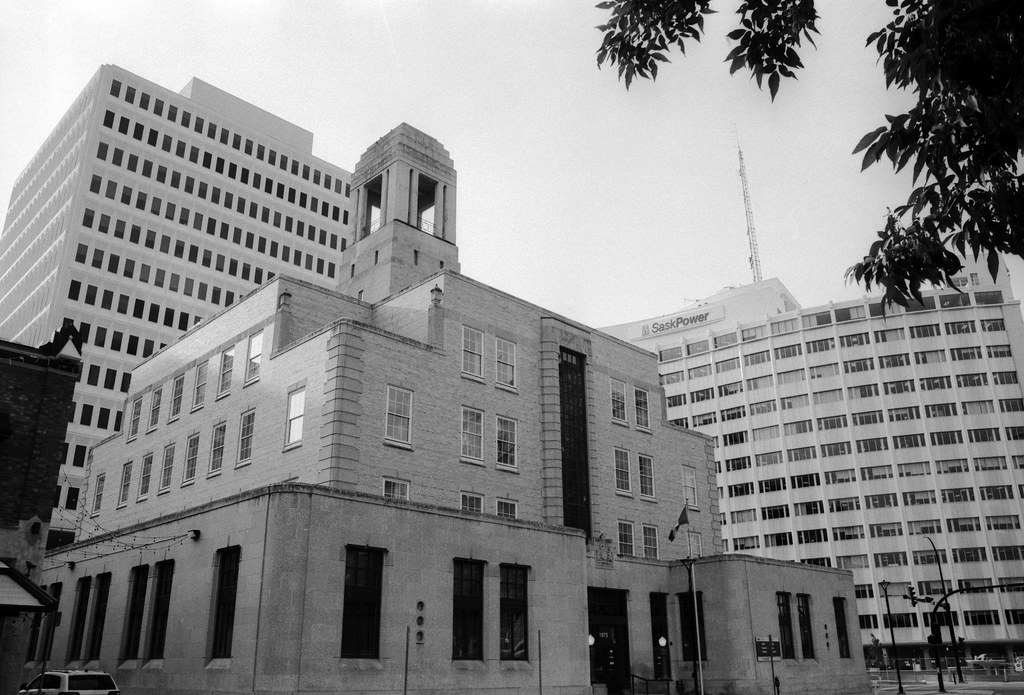

Recommended Reading
Don’t just take my word on Neofin Blau; check out these other blogs on the subject!
28mmf2 – Ilford Pan F in Tetnal Neofin Blue
Practical Photography – Microfilm for Maximum Quality
Hi Alex,
do you think that using a specialized developer [Neofin Blue] for Ilford’s SFX aka “IR lite” could possibly be a bad combination.. perhaps the “red” might perform better? Also a lot of the subjects were architectural and weren’t what I’d try with IR film like SFX… I use it for foliage, landscapes etc with bright light and of course a ‘red’ filter.
As always Alex, thanks for diving into these things and giving use written and visual feedback.
I think with SFX I should have over exposed the film by a stop then developed according to the listed times for a better result!
Used it in the 1970s/1980s. Excellent.
I used Ilford 50 ASA, rated it at 100. Diluted the Neofin a little more (so I got TWO films to a vial) and extended the developing time. Gave me better results. 16″ x 20″ were prints easy.